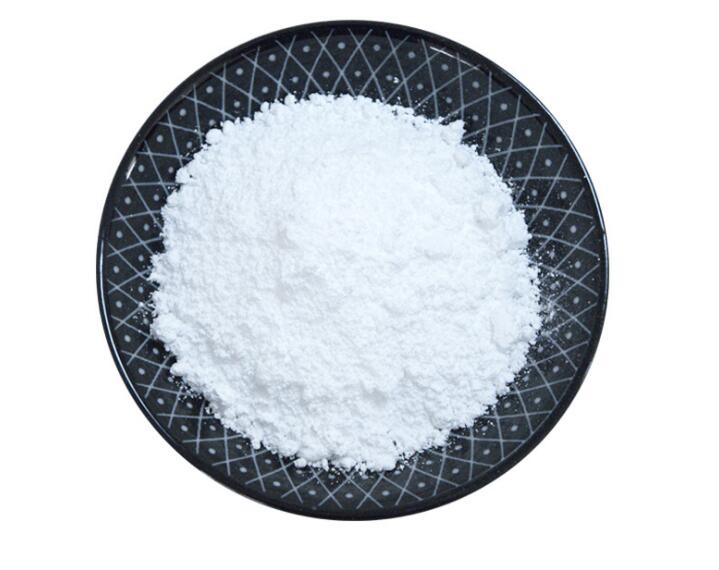A new choice for environmentally friendly desulfurization: How does magnesium hydroxide revolutionize industrial waste gas treatment?

Driven by the "dual carbon" goal, industrial flue gas desulfurization technology is undergoing a new round of iterations. Traditional calcium-based desulfurizers (such as limestone) have gradually been criticized by the market for low efficiency and large amounts of solid waste, while magnesium hydroxide (Mg(OH)₂) has become a popular alternative in the field of desulfurization due to its environmental protection, high efficiency and economy. This article will analyze the innovative value of this material from three dimensions: technical principles, application scenarios and industry breakthroughs.
1. The core advantages of magnesium hydroxide desulfurization: Why can it replace traditional processes?
1. Efficient and stable chemical reaction
The desulfurization reaction of magnesium hydroxide and sulfur dioxide (SO₂) can be carried out quickly at room temperature to generate magnesium sulfate (MgSO₄) and water. The reaction equation is:
Mg(OH)₂ + SO₂ → MgSO₃ + H₂O (intermediate product)
2MgSO₃ + O₂ → 2MgSO₄ (final product)
Compared with limestone, which needs to be calcined at high temperature (to generate CaO) before it can react, magnesium hydroxide does not require pretreatment, and energy consumption is reduced by more than 30%.
2. No secondary pollution, great potential for resource utilization
The gypsum (CaSO₄) produced by traditional calcium-based desulfurization is difficult to use because it contains impurities, while magnesium sulfate, a byproduct of magnesium hydroxide desulfurization, can be directly used as fertilizer, building material raw material or industrial additive, realizing "waste to waste".
3. Strong adaptability, especially suitable for small and medium-sized boilers
The pH value of magnesium hydroxide slurry can be flexibly adjusted (8-10), which can adapt to the treatment of flue gas with different concentrations of SO₂, especially suitable for small and medium-sized coal-fired boilers or chemical companies that are difficult to operate stably.
2. Three major application scenarios of magnesium hydroxide desulfurization 1. Power industry: solving the problem of high-sulfur coal management
The sulfur content of coal mines in Inner Mongolia, Shanxi and other places in my country is high (>3%), and the cost of traditional desulfurization processes has increased sharply. After a power plant adopted magnesium hydroxide wet desulfurization, the desulfurization efficiency reached 98%, the operating cost was reduced by 25%, and the annual revenue of magnesium sulfate by-products exceeded 5 million yuan.
2. Iron and steel smelting: precise treatment of high-temperature flue gas
The flue gas temperature of steel sintering machines is high (120-180℃) and the sulfur content fluctuates greatly. Magnesium hydroxide dry injection technology can avoid the scaling problem of wet process. After the transformation of a steel plant in Hebei, the annual emission of SO₂ was reduced by 12,000 tons, and the equipment maintenance cost was reduced by 40%.
3. Chemical Park: Coordinated Treatment of Multiple Pollutants
Magnesium hydroxide can simultaneously adsorb acidic gases such as HCl and HF in flue gas and inhibit the formation of dioxins. A petrochemical park in Zhejiang uses the "magnesium hydroxide + activated carbon" composite process to achieve integrated removal of sulfur, chlorine and fluorine, and the environmental protection compliance rate has increased to 99.5%.
III. Technological breakthroughs: from laboratory to industrialization
1. Nanoscale magnesium hydroxide preparation process
Traditional magnesium hydroxide particles have a large particle size (>10μm), resulting in poor slurry fluidity and insufficient reaction surface area. In 2023, domestic companies developed **ultrafine grinding + surface modification technology**, which controls the particle size below 1μm, increases desulfurization efficiency by 15%, and reduces reagent consumption by 20%.
2. Development of composite desulfurizers
By doping zinc oxide (ZnO), activated carbon and other materials, a "Mg(OH)₂-ZnO" porous composite desulfurizer is formed, which increases the adsorption capacity of low-concentration SO₂ (<500mg/m³) by 3 times below 150°C, and is suitable for complex working conditions such as waste incineration.
3. Intelligent desulfurization system
Combining the Internet of Things and AI algorithms, real-time monitoring of flue gas SO₂ concentration, slurry pH value and other parameters, and dynamic adjustment of magnesium hydroxide dosage. After application by a thermal power company, the waste of reagents was reduced by 30%, and the annual cost savings exceeded 2 million yuan.
IV. Future trends: policy and market dual-wheel drive
According to the "China Flue Gas Desulfurization White Paper", the market size of magnesium hydroxide desulfurizers will exceed 5 billion yuan in 2025, with an annual compound growth rate of 12%. At the policy level, the Ministry of Ecology and Environment has included magnesium-based desulfurization in the "National Advanced Pollution Control Technology Catalogue", and many places have implemented value-added tax reductions and exemptions for magnesium sulfate by-products. On the technical side, companies are exploring the coupling process of magnesium hydroxide and CO₂ capture to further tap the potential for carbon reduction.
From "passive pollution control" to "resource recycling", the popularization of magnesium hydroxide desulfurization technology marks the transformation of the environmental protection industry to a green economy. With the reduction of preparation costs and the release of policy dividends, this material may become a "standard" choice for industrial flue gas treatment.








